In image 1, above, Joséphine is depicted by Henri-François Riesener in an oil painting from 1806 in which she is wearing a number of her sapphire jewels.
Empress Joséphine's enigmatic sapphires
It is well known that Napoleon’s wife Joséphine (1763-1814) was a great admirer of sapphires and owned a suite of splendid stones mounted into brooches, necklaces and a tiara.
What is less well documented is what happened to these stones after her death.
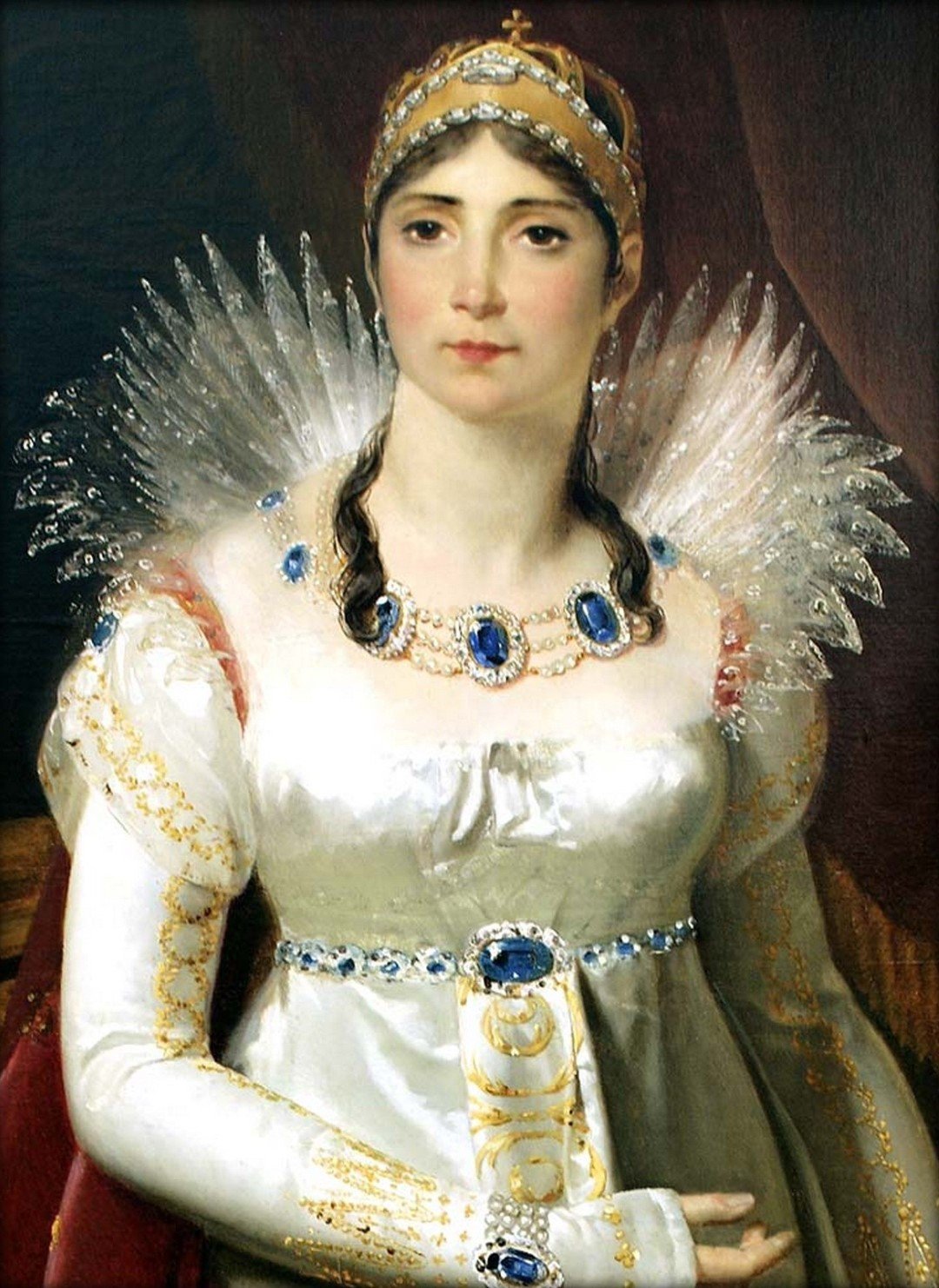
In 1996 an extremely impressive and extensive sapphire and diamond parure was sold at auction at Sotheby’s in Geneva (see image 2). The consignor was Henri d’Orléans, (1933-2019), Comte de Paris and the senior in male-line descendent of Louis-Philippe I d’Orléans, King of France from 1830-1848.
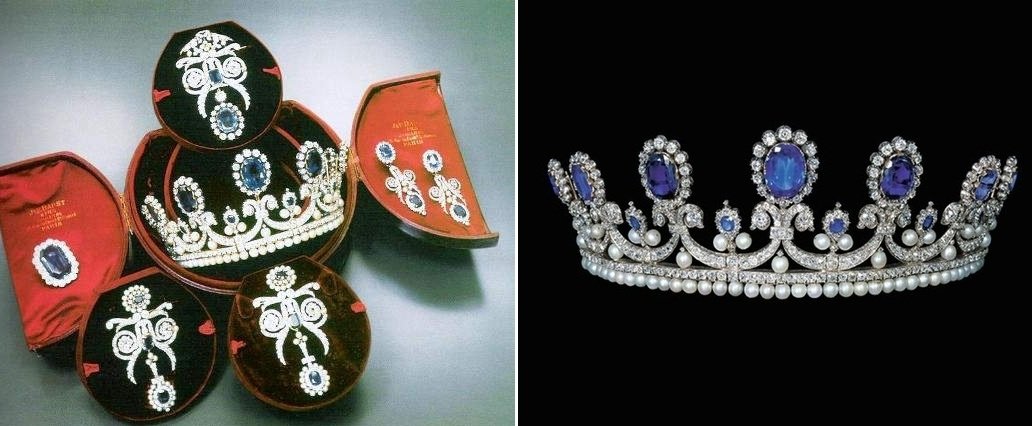
At the time of the auction in Geneva we were very impressed by the overall quality and the uniformity of colour of the sapphires – they were typical of the finest stones from Sri Lanka (see images 2 and 3).

The parure, consisting of an imposing tiara of diamond scrolls supporting sapphire and diamond clusters on a base of natural pearls, a pair of earrings and a set of brooches, was housed in a sumptuous red morocco case lined with red silk stamped with the name of Bapst, the French crown jeweller entrusted with the re-modelling of the set. However, the parure which sold at auction in Geneva was part of a much larger suite of sapphire and diamond jewels some of which can be seen worn by Queen Marie-Amélie (1782-1866) in her portrait painted by Hersent in 1836 (see images 4 and 4A), also note the sapphire brooches pinned to the skirts of the Queen’s gown.
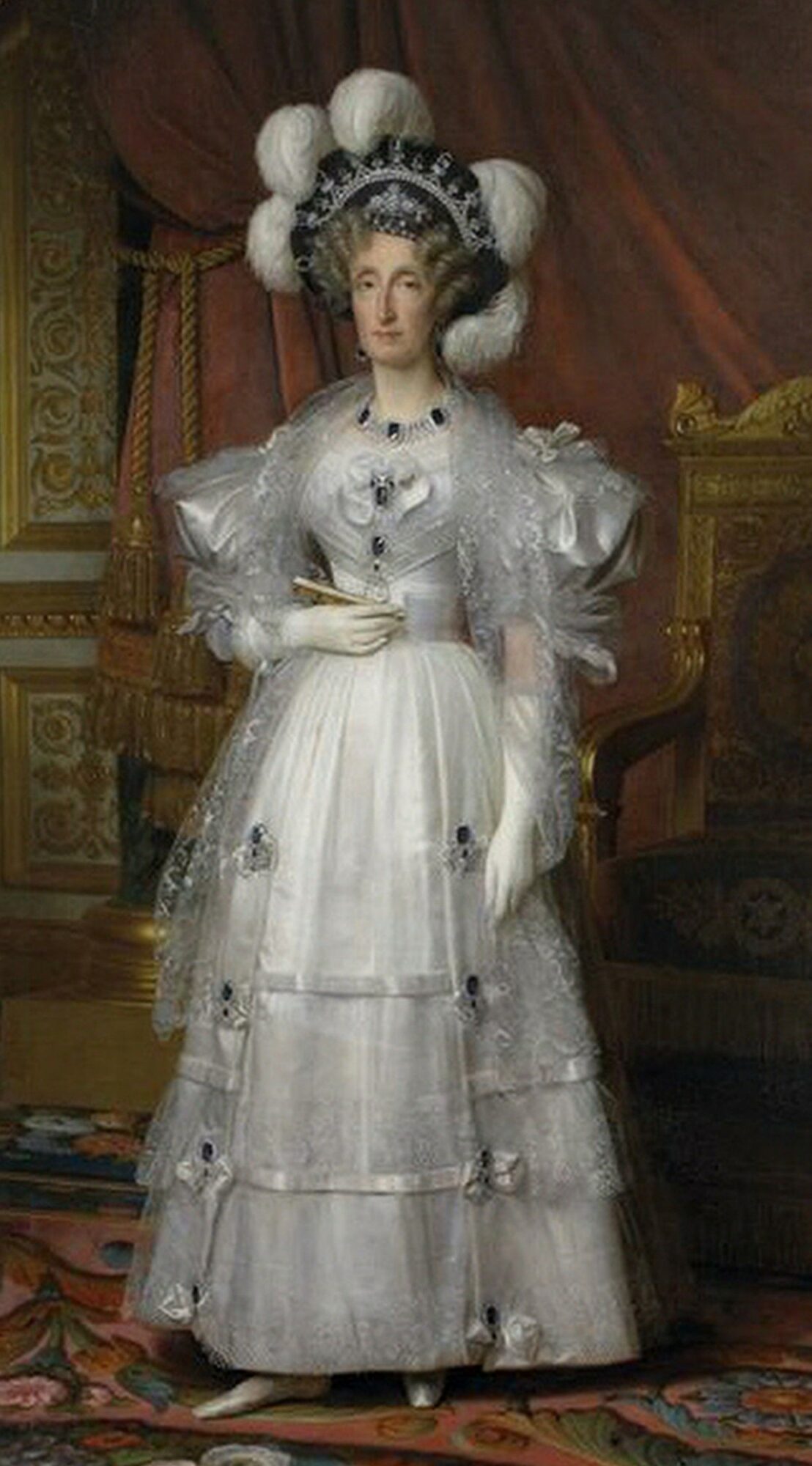
Image 4: Louis Hersent (1777-1860), portrait of Queen Marie-Amélie, oil on canvas, 1836 | Palace of Versailles
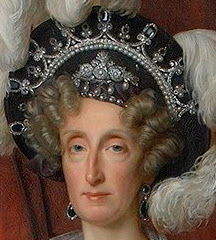
The sapphires in this suite are likely to be those inherited by Joséphine’s daughter Hortense, she sold this large quantity of sapphires in 1821 and the buyer was Marie-Amélie’s husband, Louis-Philippe. Another portion of Marie-Amélie’s sapphire and diamond suite was acquired by the Louvre Museum in 1985, and these jewels are displayed in the Galerie d’Apollon of the Louvre, together with other items from the French crown jewels (see images 5 and 5A).

Image 5: Crown jewels of France on display at the Louvre Museum, Paris. Queen Marie-Amélie's set of sapphire and diamond jewels are in the centre. On the left: the tiara and crown of Empress Eugénie, on the right: the crown of Louis XV and the emerald and diamond diadem of the Duchess of Angoulème
When precisely the re-modelling of Marie-Amélie’s tiara took place is not clear, but it would seem to have occurred around the time the set was intended as a wedding gift from Marie-Amélie to her grandson, Louis-Philippe Albert, on the occasion of his marriage to Maria Isabella of Spain in 1864. The substantial change in the design of the tiara is clearly visible, and would be due to the change in fashion: the elaborate and extravagant hairstyles of the 1830s, as seen in Marie-Amélie’s 1836 portrait, which incorporated feathers and velvet hats decorated with jewelled ornaments soon became obsolete and the tiara had to be re-shaped to complement the more traditional hairstyles favoured in the second half of the 19th century (compare the tiara as seen in images 2 and 4a).
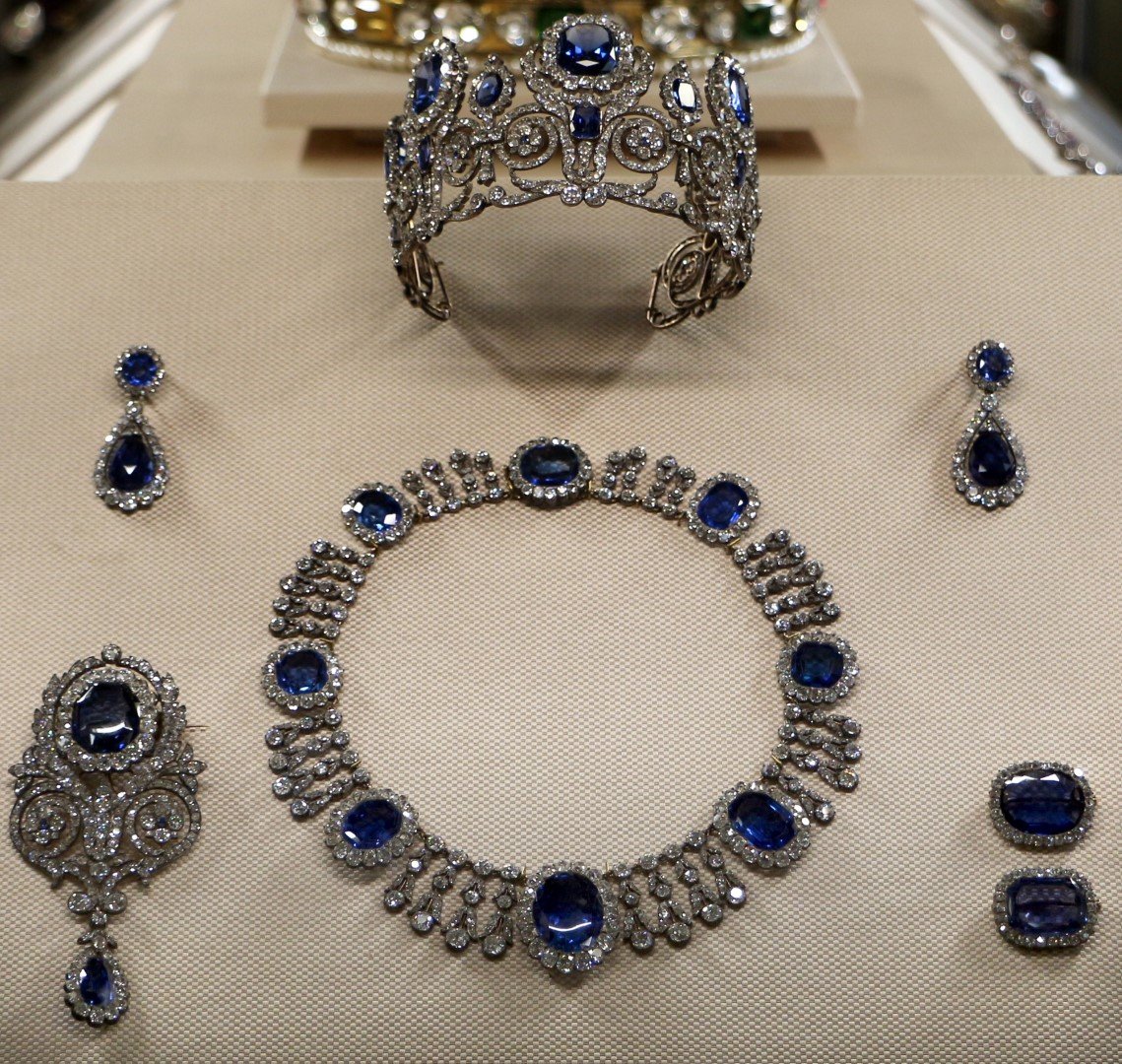
Image 5A: Queen Marie-Amélie’s jewels, acquired by the Louvre Museum in 1985

